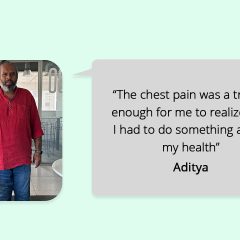 Menstrual cramps are also called as Dysmenorrhea, like its name says ‘dys’ meaning difficult, ‘meno’ meaning month and ‘rrhea’ meaning flow i.e. difficult or painful monthly flow, and often a nightmare for most women. Its usual onset occurs around the time that menstruation begins. The pain is usually in the pelvis or lower abdomen.
Menstrual cramps are also called as Dysmenorrhea, like its name says ‘dys’ meaning difficult, ‘meno’ meaning month and ‘rrhea’ meaning flow i.e. difficult or painful monthly flow, and often a nightmare for most women. Its usual onset occurs around the time that menstruation begins. The pain is usually in the pelvis or lower abdomen.
Apart from this, there are certain other manifestations which women put up with during menstruation:
- Nausea
- Acidity
- Acne
- Bloating
- Dizziness
- Mood swings
Why Do We Get Menstrual Cramps?
Menstrual cramps are caused by an excess of “prostaglandins” hormones that are released from the endometrium (inner lining) of the uterus as it prepares to shed off. This is a necessary part of the process but in excess, it causes pain. If the uterus contracts strongly, blood flow is reduced and the supply of oxygen to the uterus muscle tissue decreases, causing severe pain.
Why Do Some Women Experience More Cramps Than Others?
This could be possibly due to inflammation. As a more inflamed tissue tends to produce more prostaglandins, it causes more severe pain. Other factors that contribute to menstrual cramps include:
- Poor eating habits
- Not having adequate amount of potassium and magnesium in diet
- Lack of Exercise
- Smoking
- Drinking Alcohol
How Do You Combat It?
Women have to go through a lot in general, so there is no chance these creepy cramps would spare us but we know how to fight it! So, let’s find out some easy and effective ways to combat menstrual cramps.
- Putting a heating pad on your belly or lower back.
- Rubbing Lavender oil on your belly helps relieve period pain.
- Ginger tea: Boil a piece of ginger in 250 ml water, simmer for 4-5 minutes and drink whenever required.
- Carom seeds: Having 1 tbsp. of carom seeds by boiling them in a glass of water may ease menstrual cramps.
- Eat potassium and magnesium rich foods like Bananas, oranges, grapefruit, raisins, dates, mushrooms, cucumbers, potatoes, sweet potatoes and dark chocolate (70% or more), nuts, legumes, tofu, seeds, wholegrains, green leafy vegetables respectively.
- Use yoga: Some simple yoga poses to try out are Head to Knee forward bend, bound angle pose, Child’s pose and inverted leg pose.
- Listen to good music that changes your mood or take a walk in nature or talk to your friends and family members. This will keep you engaged and diverted so you may not feel too much pain.
So, let’s try out these simple and effective ways to fight menstrual cramps and ease those difficult days! We hope this article helps you. Do leave your thoughts in the comments below. For more tips, check out Healthy Reads or you can get these home remedies and more directly from a GOQii Coach by subscribing for personalized health coaching here.
#BeTheForce
 Should women workout during their menstrual cycle? It’s a question asked by most women who have either started working out, have been in sports or trekking, etc. How can a woman or girl stop working out for a span of 4-6 days, especially the ones who are active? There could be varied opinions on the same.
Should women workout during their menstrual cycle? It’s a question asked by most women who have either started working out, have been in sports or trekking, etc. How can a woman or girl stop working out for a span of 4-6 days, especially the ones who are active? There could be varied opinions on the same. Having said this, the intensity of workouts should not be very high, it should be low to moderate. Before starting off, you may not feel like doing so but, as you start with a light warm-up such as a slow walk, followed by some stretching, it will make you feel better and thus, take the workout forward slowly and steadily. In fact, light stretching will even help you get rid of congestion in the pelvic area.
Having said this, the intensity of workouts should not be very high, it should be low to moderate. Before starting off, you may not feel like doing so but, as you start with a light warm-up such as a slow walk, followed by some stretching, it will make you feel better and thus, take the workout forward slowly and steadily. In fact, light stretching will even help you get rid of congestion in the pelvic area.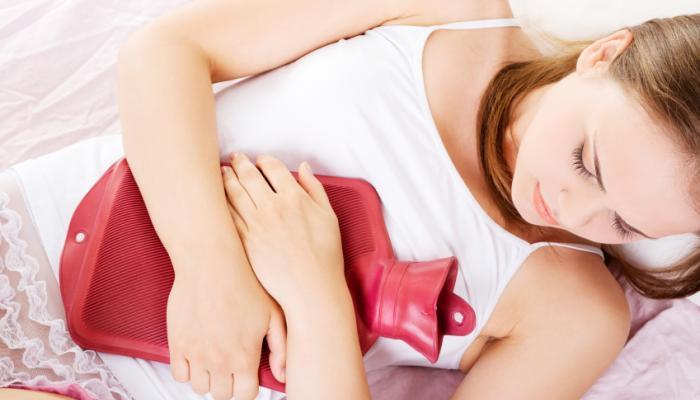
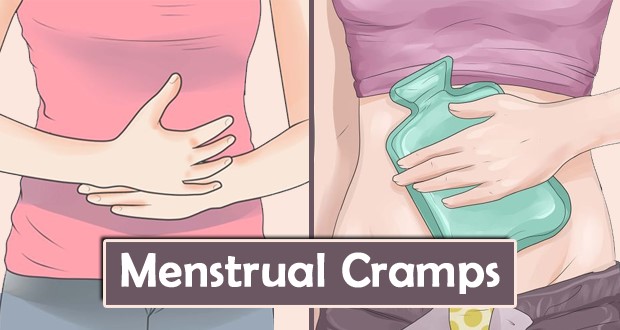

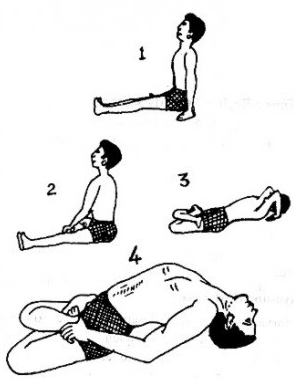
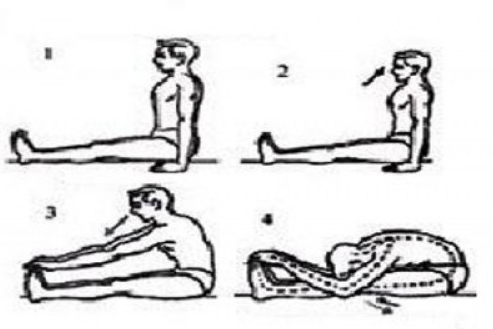
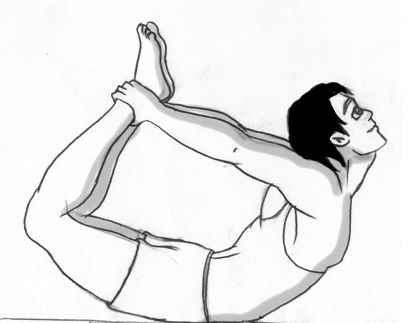
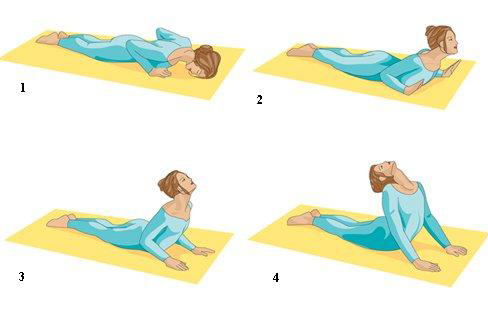
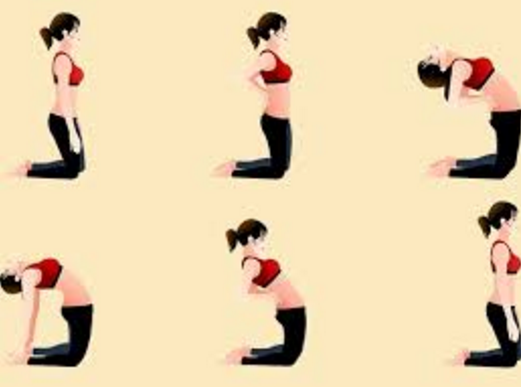
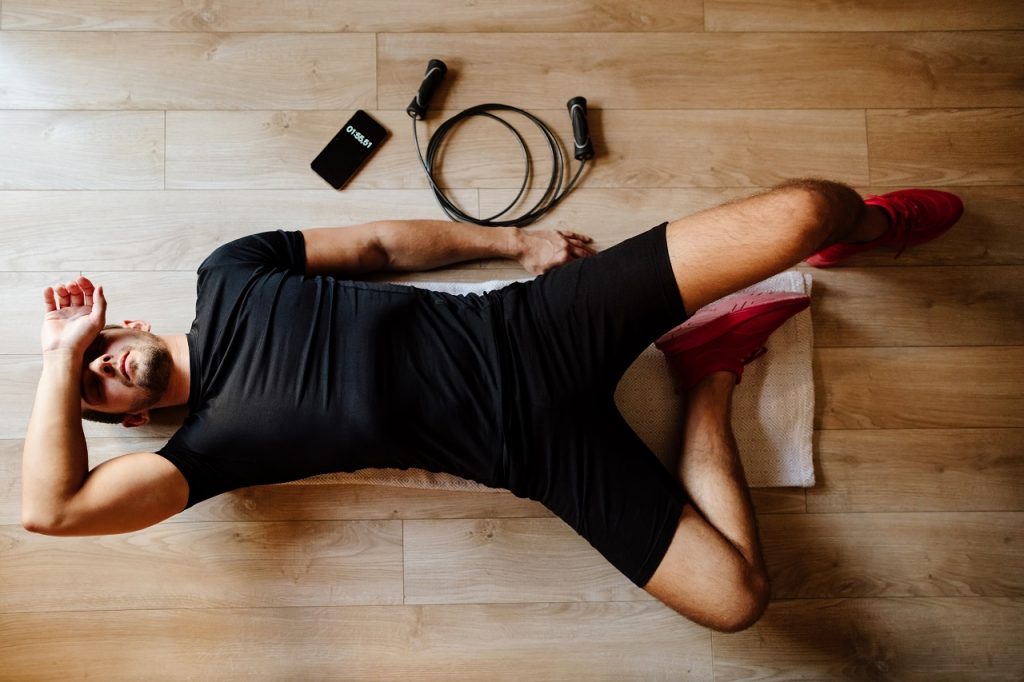 Overtraining, in essence, is performing excessive training which your body is unable to recover from – both in and outside the gym. The less severe versions of overtraining may take you a week to recover from. While most fitness experts will tell you that overtraining is worse than undertraining, some people still choose to push themselves which result in alarming physical and psychological effects.
Overtraining, in essence, is performing excessive training which your body is unable to recover from – both in and outside the gym. The less severe versions of overtraining may take you a week to recover from. While most fitness experts will tell you that overtraining is worse than undertraining, some people still choose to push themselves which result in alarming physical and psychological effects. 
